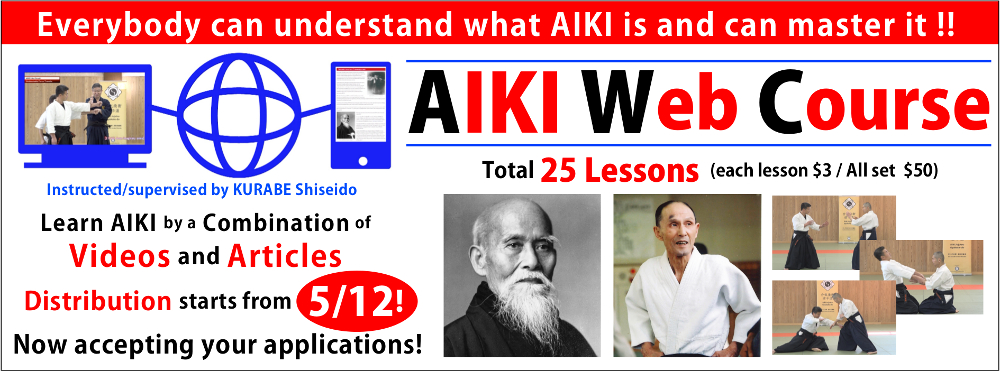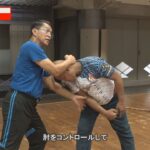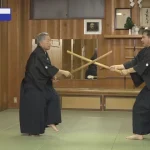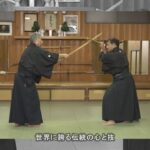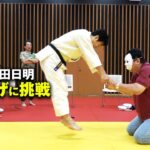Text by Kurabe Makoto Shiseido
What is KUDEN?
Since many Bujutsu (fighting systems) were established in Japan, teachers have used KUDEN to transfer the special deep knowledge to their selected students, such as their successors. The Japanese word KUDEN is translated as “verbally transferred knowledge”. For every RYUHA (style) they had special knowledge for almost all techniques and they did not leave this knowledge in writing to keep this knowledge confidential. The teachers taught this knowledge verbally, only to the selected students whom they thought they could trust. In this way they tried to keep the purity of their RYUHA and transfer it to future generation.
No1 Tekagami Kote Kaeshi (手鏡小手返し)
The technique called Tekagami Kote Kaeshi (hand mirror wrist turn) is a very basic technique utilized in Jujutsu, and accordingly, every Jujutsu RYUHA (style) has this technique in their curriculum. Its name came from how the grasped hand is turned. Namely, one turns the grasped hand like ladies turn their hand grasping a compact mirror when they want to look at their faces in a mirror.
I often watch this technique being performed–mostly by non-Japanese people on Youtube–and I seldom find anyone performing it correctly. This technique is so simple, but should also transmit several very important details. No one can master this important knowledge by just watching the someone’s video and copying it.
Hereafter, I would like to explain this important knowledge, step by step.
How people perform Tekagami Kote Kaeshi without knowing deep knowledge

Fig-1-1 Uke (Attacker) grasps both Tori’s wrists Fig-1-2 Tori (defender) simply turns his right hand upside down

Fig-1-3 Tori grasps the back of Uke’s left hand from below Fig-1-4 Tori releases their grasped right wrist and cuts down on Uke’s left hand using their freed right hand with power to throw Uke to his right side

Fig-1-5 Uke is thrown and Tori controls Uke by twisting his left hand/arm at the end
How to turn your hand that is being grasped by the wrist
From the very starting point, almost all performances demonstrated by non-Japanese people are wrong. They just turn their hand smoothly. This cannot be done unless they can use Aikijutsu and they never appear to do so. It means Uke does not hold Tori’s wrist seriously (with real intent) and does not resist nor block the hand turning motion of Tori at all. In this way, people can never learn important knowledge. Uke must grasp and hold Tori’s wrist as strongly and tightly as possible, so that Tori cannot turn his hand easily. Tori should use special know-how to turn his hand in this situation, and so starts trying to discover such knowledge.

Fig-2 Wrong example: If Uke grasps Tori’s wrist strongly enough to block Tori’s hand turning motion, Tori cannot turn his hand at all
It is the knowledge to turn their hand being held strongly by the wrist that Tori bends and pulls his hand inside to make space within Uke’s grip and to give tension in his grasping left hand. Also, Tori must pull their hand from the small finger side, which is good at pulling. Never pull all the fingers together at once, just start pulling with the small finger. Only in this way can Tori pull his hand towards the inside using less power, which means easily

Fig-3 How to pull the hand starting with small finger
How to pull up the grasped hand while keeping pressure on Uke’s hand and arm
This is also quite an important part and seldom performed correctly in many demonstrations shown on YouTube. Tori starts raising up his hand and grasped wrist until it reaches about shoulder height. Then, in most of the cases I saw, the stress on Uke’s hand becomes loose and Uke can escape if he wishes. I can see this situation by watching the posture of Uke’s upper body. It is very important how Tori continues to apply stress on Uke’s hand and arm until the end of the upward pulling motion.

Fig-4 Wrong example: Now, Uke feels no strong stress within his left hand/arm and can easily escape from Tori’s grip. This is the same as shown in Fig-6
You can find the know-how to realize this important point in the movement of Tori’s elbow. In most of cases, Tori just pulls up his hand and arm while keeping his lower arm perpendicular to the floor, as shown in Fig-4. In this way Uke can be released from being too stressed in his hand and arm at the end of the upward pulling motion. Tori’s lower arm should lean inward, in the other words, Tori’s elbow should be shifted from the body’s center-line to the inside during the upward pulling motion. At the end of the upward pulling, his grasped right hand should be located his body’s center-line, and his elbow should be shifted inside the body’s center-line, as shown in Fig-5.

Fig-5
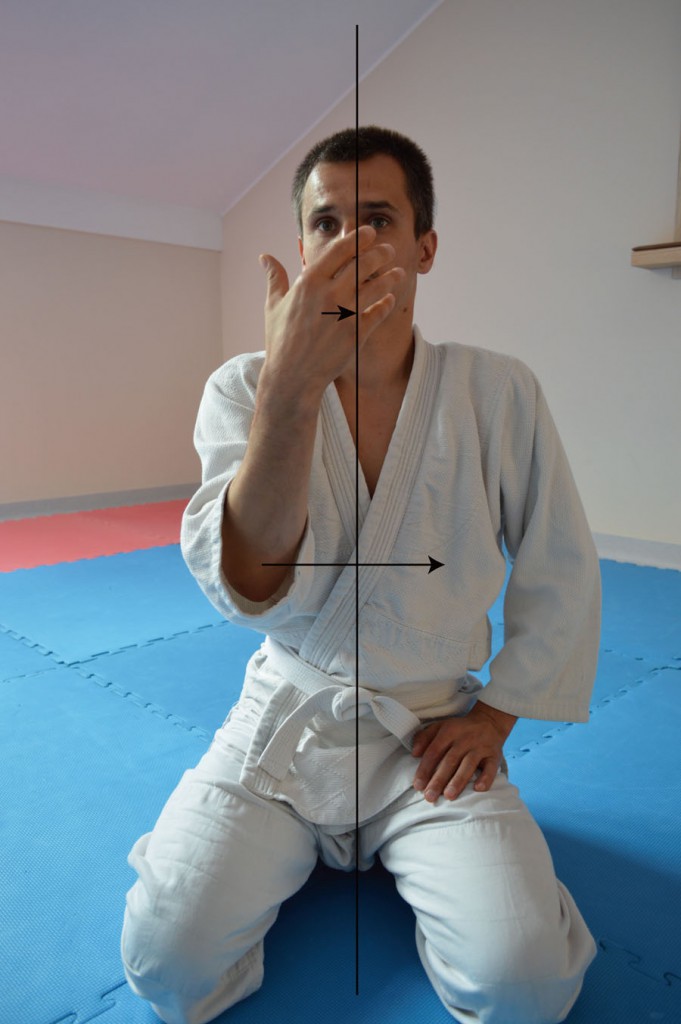
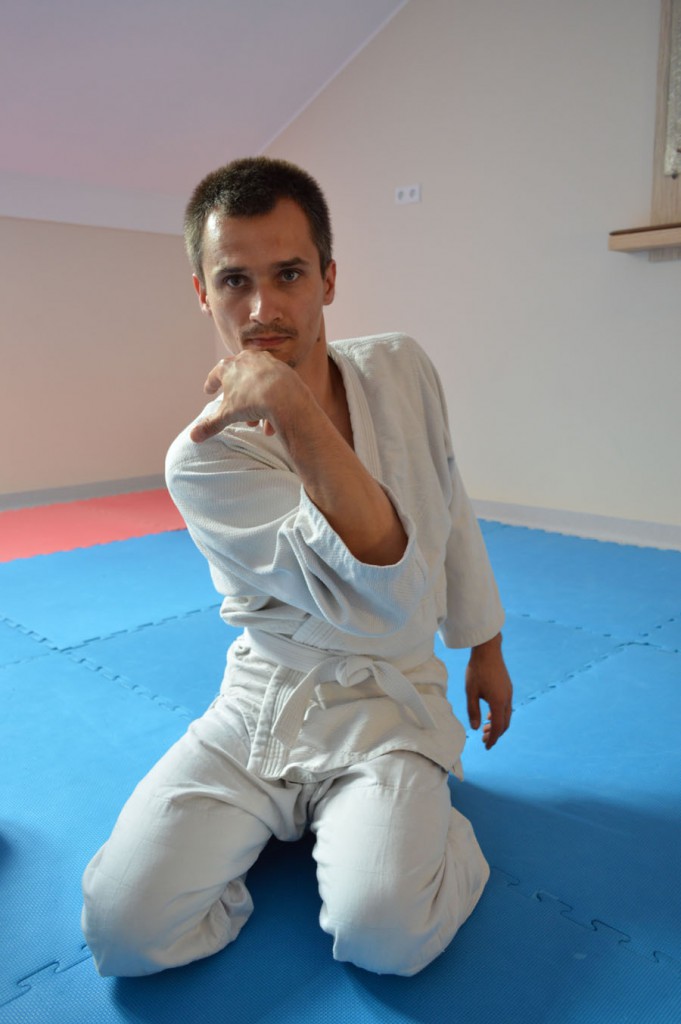
Fig-6 Same as Fig-4 Fig-7 Same as Fig-5
The pulled-up hand should be kept in the body’s center-line, while the elbow should located shifted inside from the center-line as explained previously, as shown in Fig-7. Never position the hands to the throwing side, which is performed in most cases shown on Youtube (as shown in Fig-6).
How to throw Uke with Kote Kaeshi
Now the last part, how to throw Uke with Kote Kaeshi. Indeed, this is the most important point. It is very important, but many people do not know that it is not necessary, nor needed, to use power to cut against Uke’s hand using Shuto (手刀), or their “sword hand”. If all the procedures are done correctly, Uke is thrown only by one finger cut, which means using only a tiny bit of power. Here, I explain the know-how to take Uke to the final stage where they can be thrown with only a small amount power.
From the position shown in Fig-5, Tori grasps the back Uke’s left hand from below, and keeping their hands along the body’s center-line, Tori pulls down both hands to their upper legs and releases his grasped right wrist, as shown in Fig-8. At this stage, Uke becomes totally unbalanced and leans to the throwing side. Then, it is quite easy to throw Uke by cutting down against his twisted hand with Shuto, which does not require power, as shown in Fig-9.

 Fig-5 Fig-8
Fig-5 Fig-8

Fig-9
The last knowledge, how to control Uke after throwing them
For most of Jujutsu styles, controlling is the most important point, which should happen at the end of the technique. In this way, one can avoid the attacker’s violence without causing him serious damage. For this technique, it is the most important to block Uke’s head with Tori’s right knee so that he cannot escape from Ude Hineri Kime (control by twisting arm), as shown in Fig-10. If this is not done, Uke can escape from Ude Hineri by spinning his body as shown in Fig-11.


Fig-10 Fig-11 Uke escapes from Tori’s control by spinning his body
Acknowledgement:
English edition : Andrew Bryant, Gyakutedo Indianapolis branch 2nd Dan
Participants: Gyakutedo Warsaw branch, Wojciech Banasiak as Tori and Jaroslaw Szuta as Uke
Place : Gyakute-do Warsaw branch NAKA Dojo, Warsaw Poland
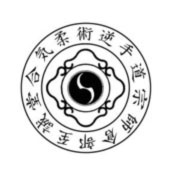 18 June 2017 Makoto KURABE – SHISEIDO
18 June 2017 Makoto KURABE – SHISEIDO
Representative, 2nd Soushi of
AIKI JUJUTSU GYAKUTE-DO
website: www.gyakutedo.org/wp
mail: apply@gyakutedo.org
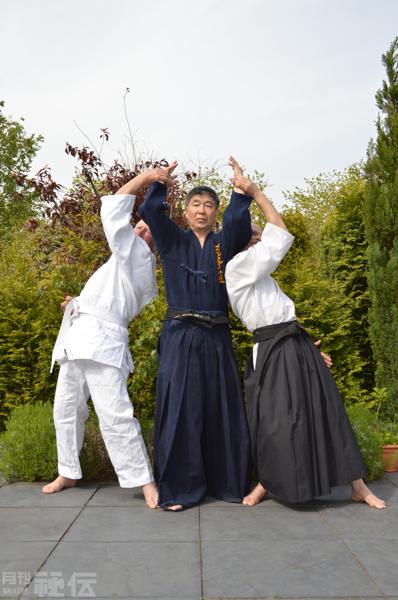 Text by Kurabe Makoto Shiseido
Text by Kurabe Makoto Shiseido
Born in 1950. When he was in his 30s, he began learning Gyakute-do Jujutsu, which was derived from Hakkoryu Jujutsu in the 1970s. Just before reaching the age of 40, he moved from Japan to The Netherlands and continued to master and develop Gyakute-do. In October of 2013, after adding the system of Aiki-Jutsu that he developed himself, he transformed Gyakute-do into Aiki-Jujutsu Gyakute-do, and became 2nd Soushi, grand master, of Gyakute-do. After retirement, he left The Netherlands and began promoting Aiki-Jujutsu Gyakute-do both in Japan and in Poland as his main pursuit. He is also teaching his Gyakute-do to Budo fan in the world via corresponding course.
At the starting of AIKI Web Course
Cooperating with BAB Japan Co., Ltd., hereby I start AIKI Web Course in order to realize my long-standing desire to let as many as martial arts fans all over the world have the correct knowledge of AIKI and learn how to practice AIKI.
This course consists of
Part 1 as introductory articles, I explain a wide range of knowledge about what AIKI is, which contains 6 lessons.
Part 2 as main articles, for beginners/intermediate level, I explain how to practice AIKI to master. It contains 24 lessons.
The each lessons will be uploaded on BudoJapan website one by one every week.
I hope as many people as possible will be interested in AIKI and become able to practice it by following this course.
AIKI Web Course 25 Lessons
-
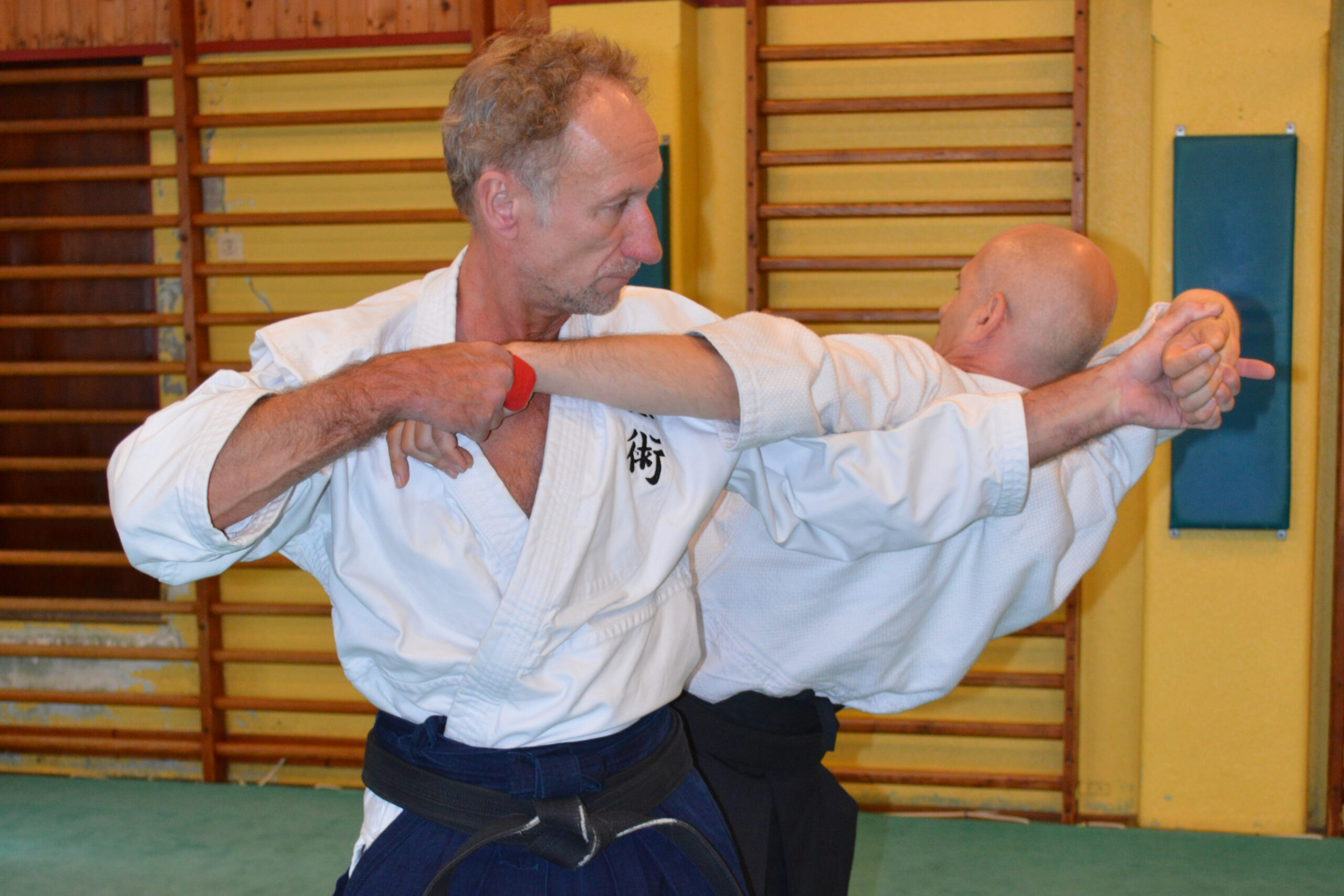
【AIKI JUJUTSU GYAKUTE-DO Series No.5】How you can learn Jujutsu properly
-
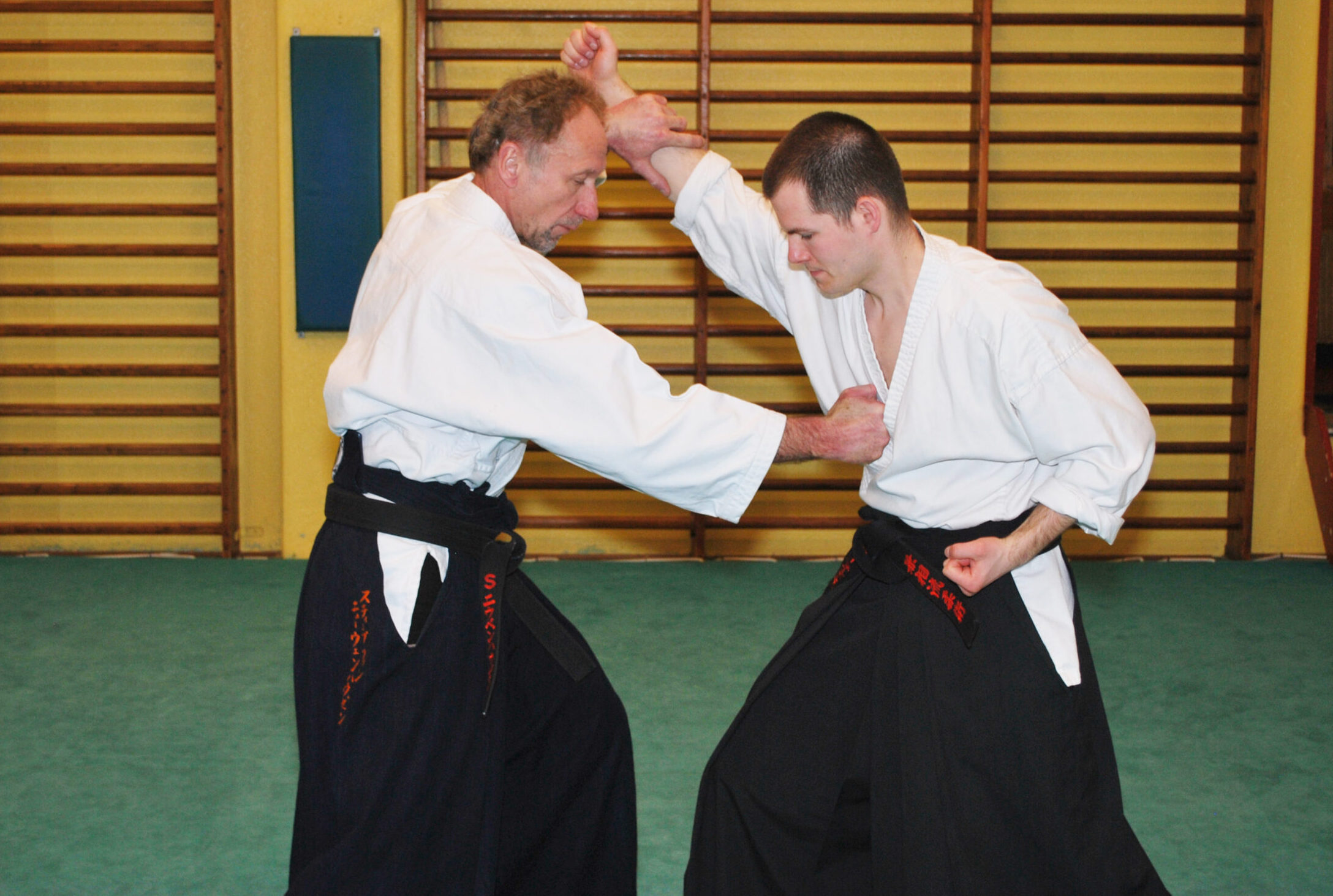
【AIKI JUJUTSU GYAKUTE-DO Series No.4】DAKEN-HO Hit and Kick KATA and AIKI
-
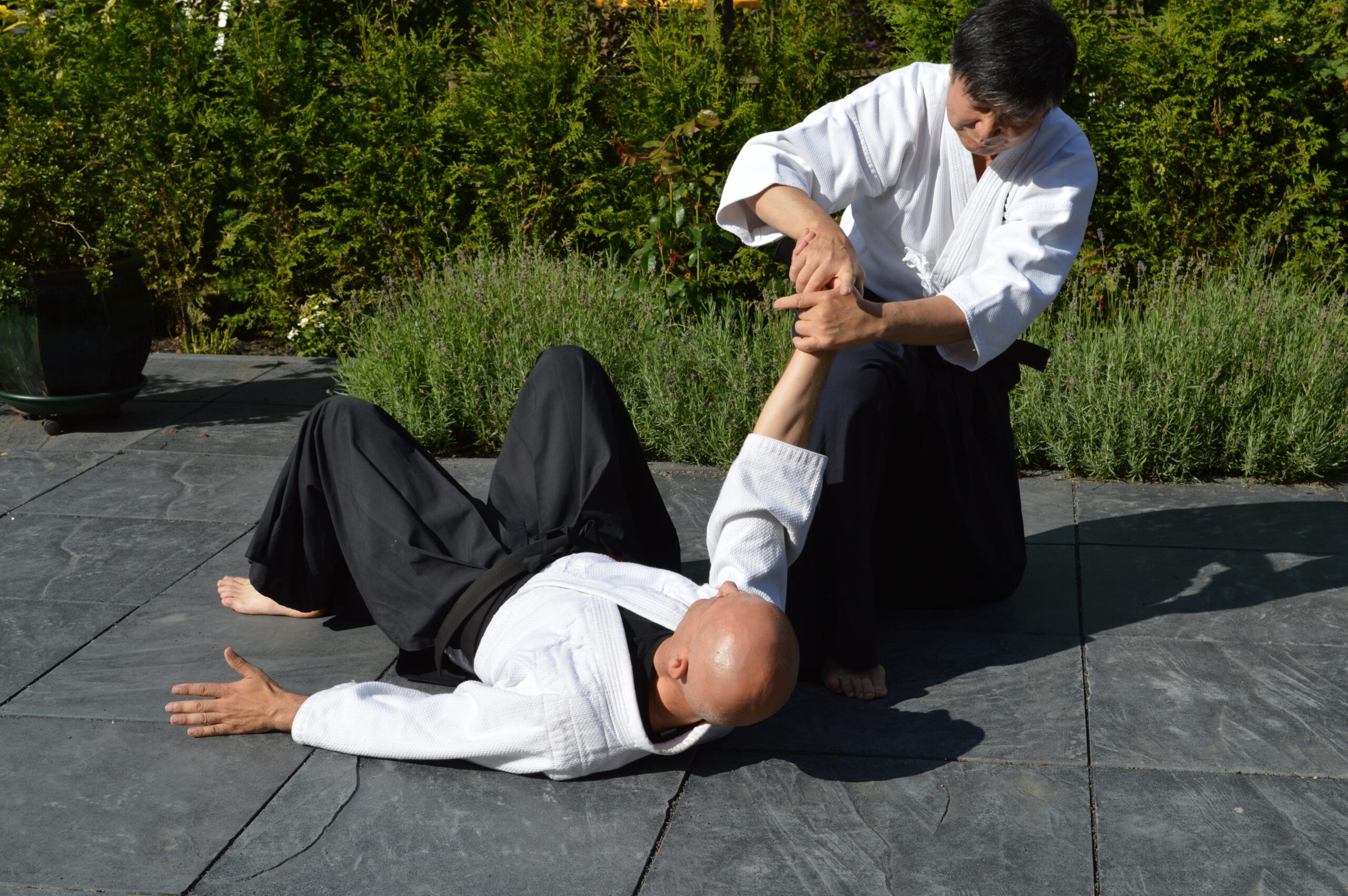
【AIKI JUJUTSU GYAKUTE-DO Series No.3】JUJUTSU WAZA, digest of FUDO
-
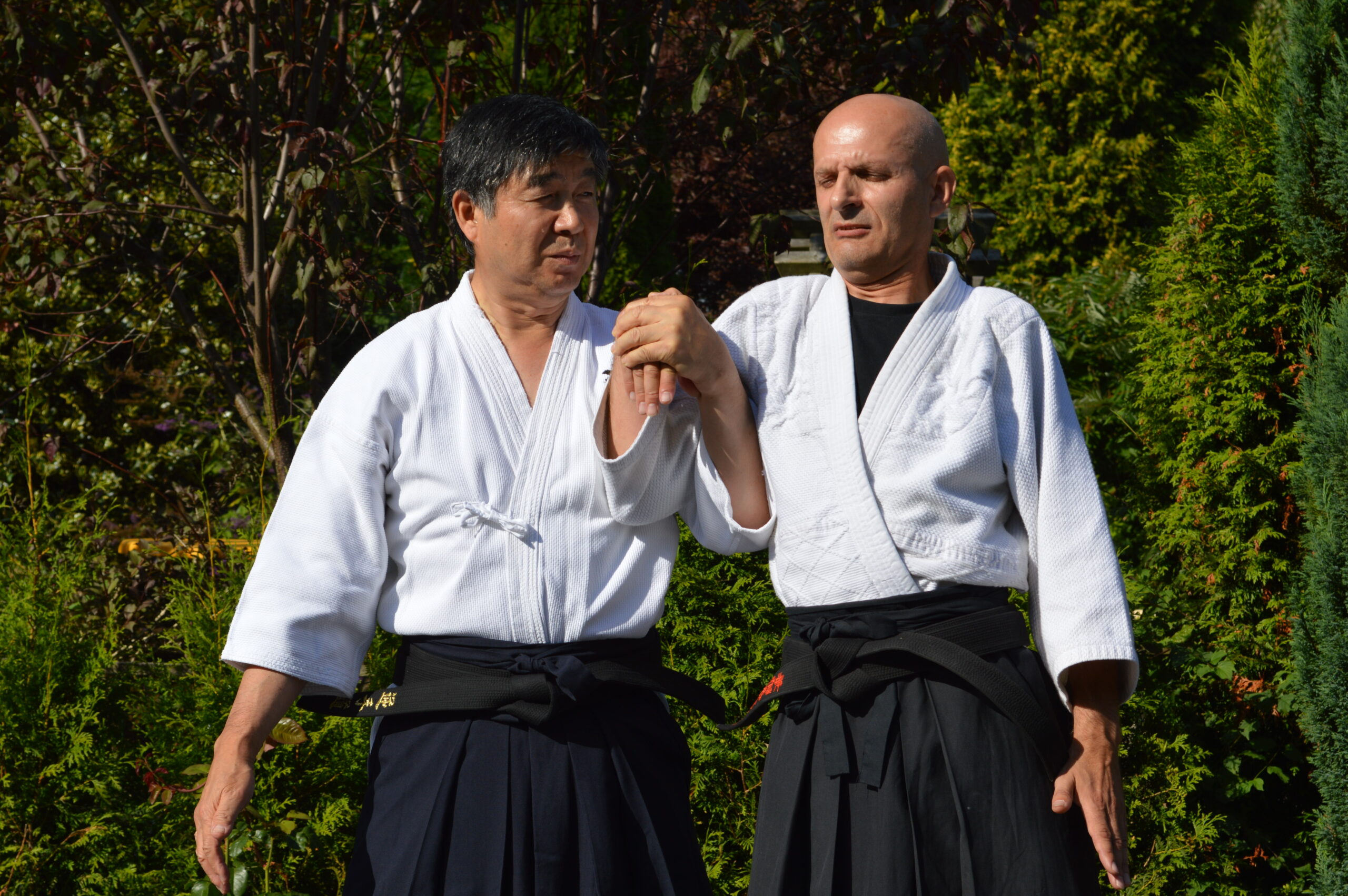
【AIKI JUJUTSU GYAKUTE-DO Series No.2】JUJUTSU WAZA, digest of NUKI, RENKO and NAGE
-
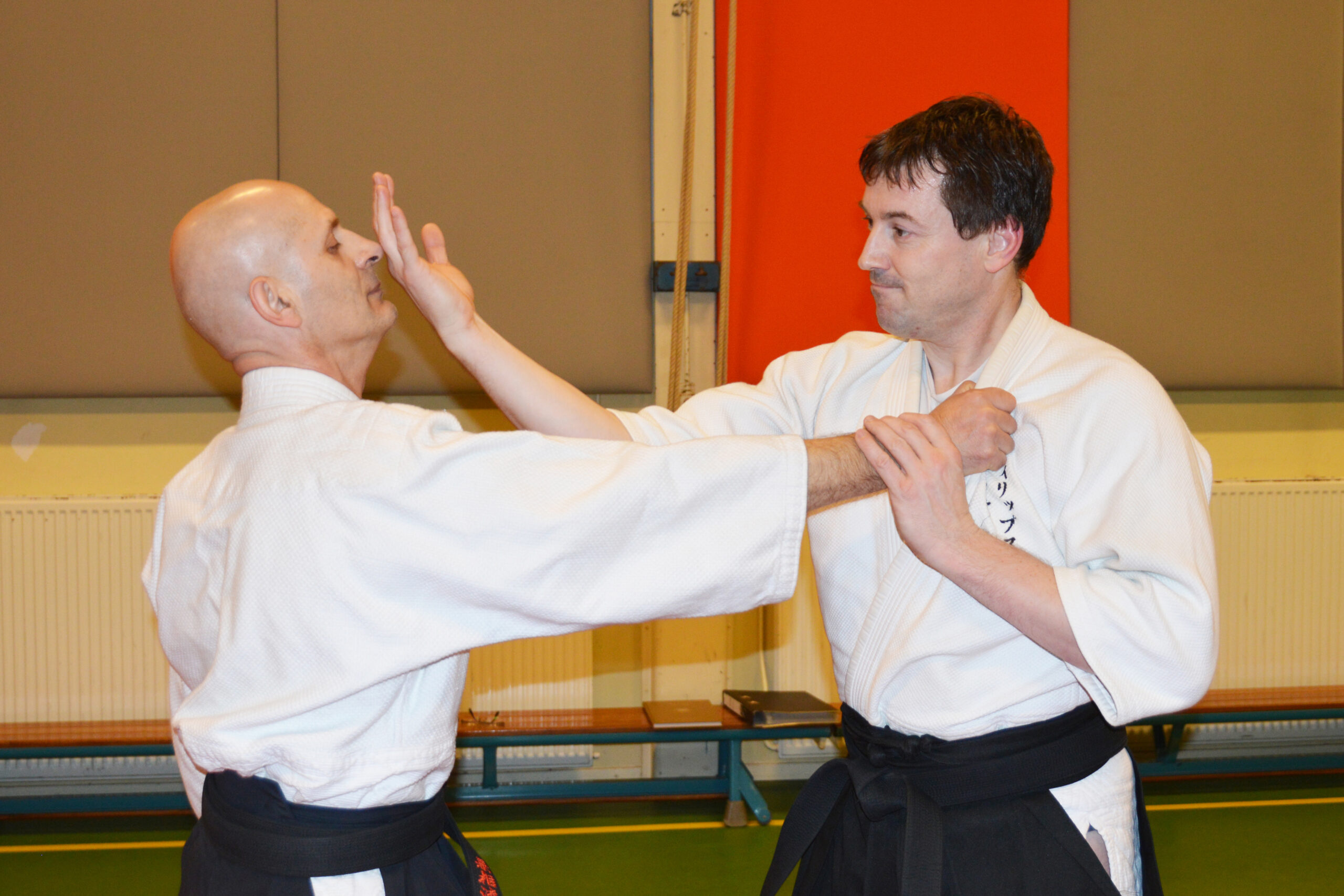
【AIKI JUJUTSU GYAKUTE-DO Series No.1】About GYAKUTE-DO and the digest of its basic techniques
-
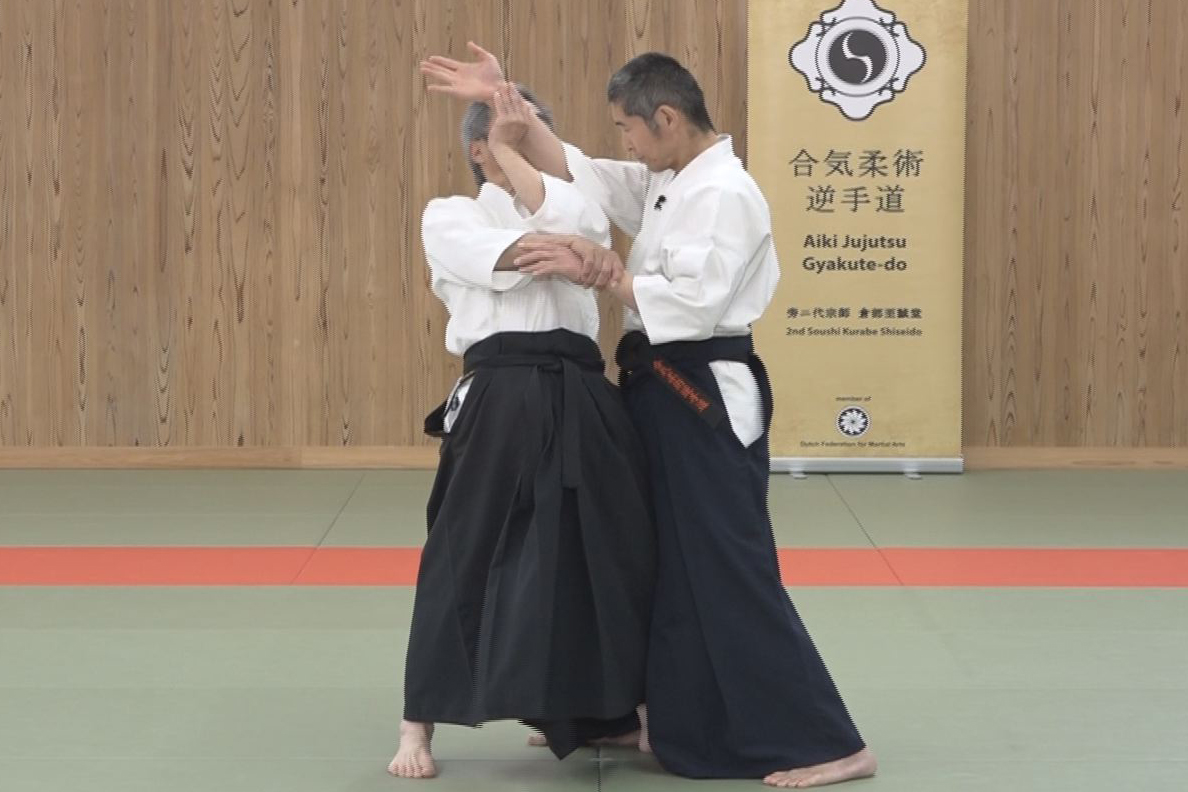
【AIKI Web Course Part 2】Lesson 24 With Comb. of Different Methods #2
-
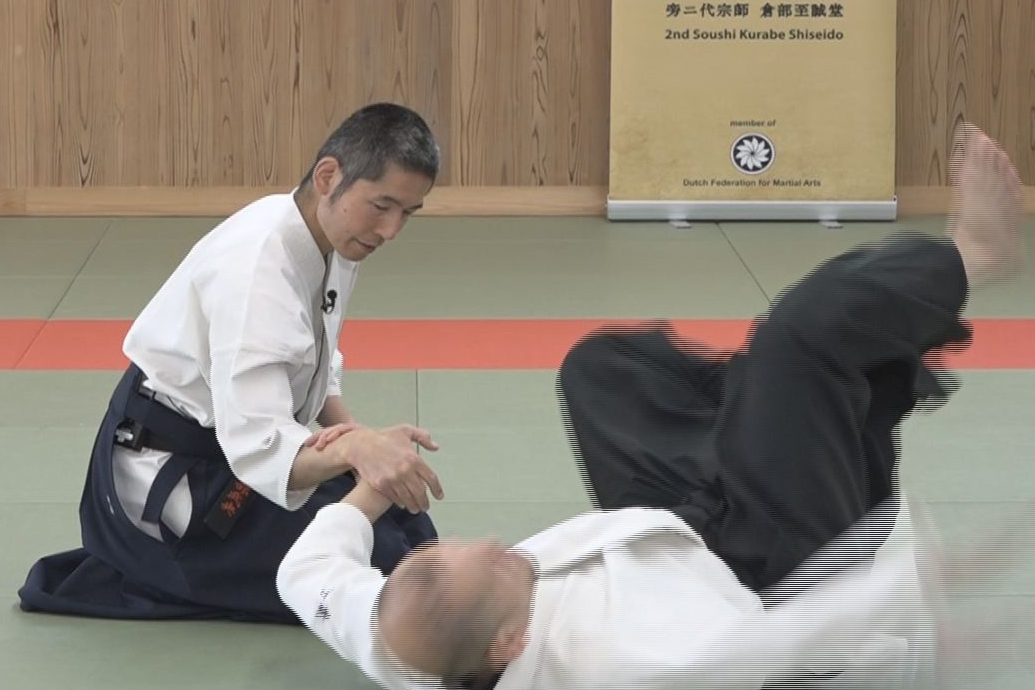
【AIKI Web Course Part 2】Lesson 23 With Comb. of Different Methods #1
-

【AIKI Web Course Part 2】Lesson 22 Advanced Tech. using F. E. method #2
-

【AIKI Web Course Part 2】Lesson 21 Advanced Tech. using F. E. method #1
-
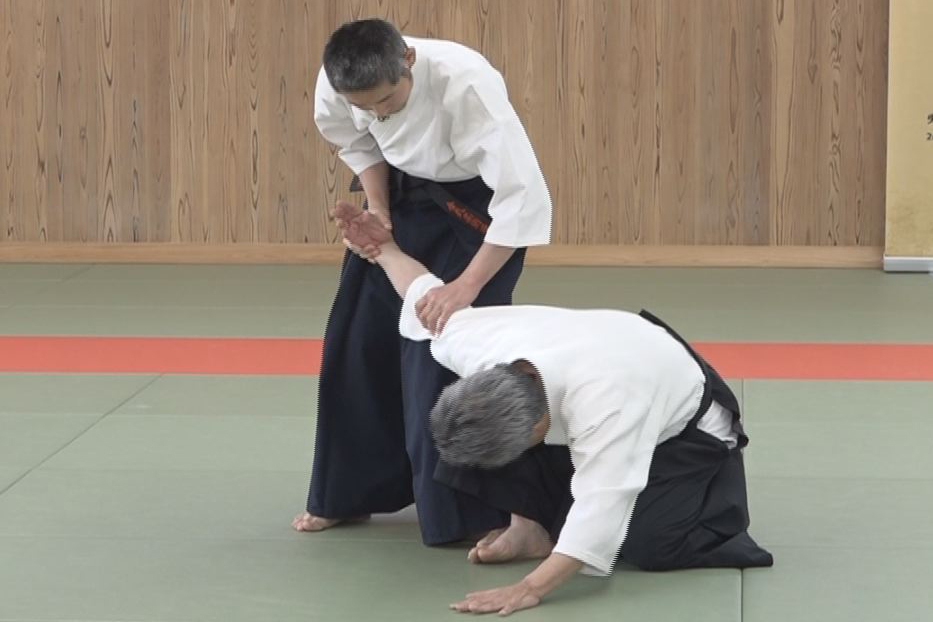
【AIKI Web Course Part 2】Lesson 20 Advanced tech. using T. F. T. #2
-
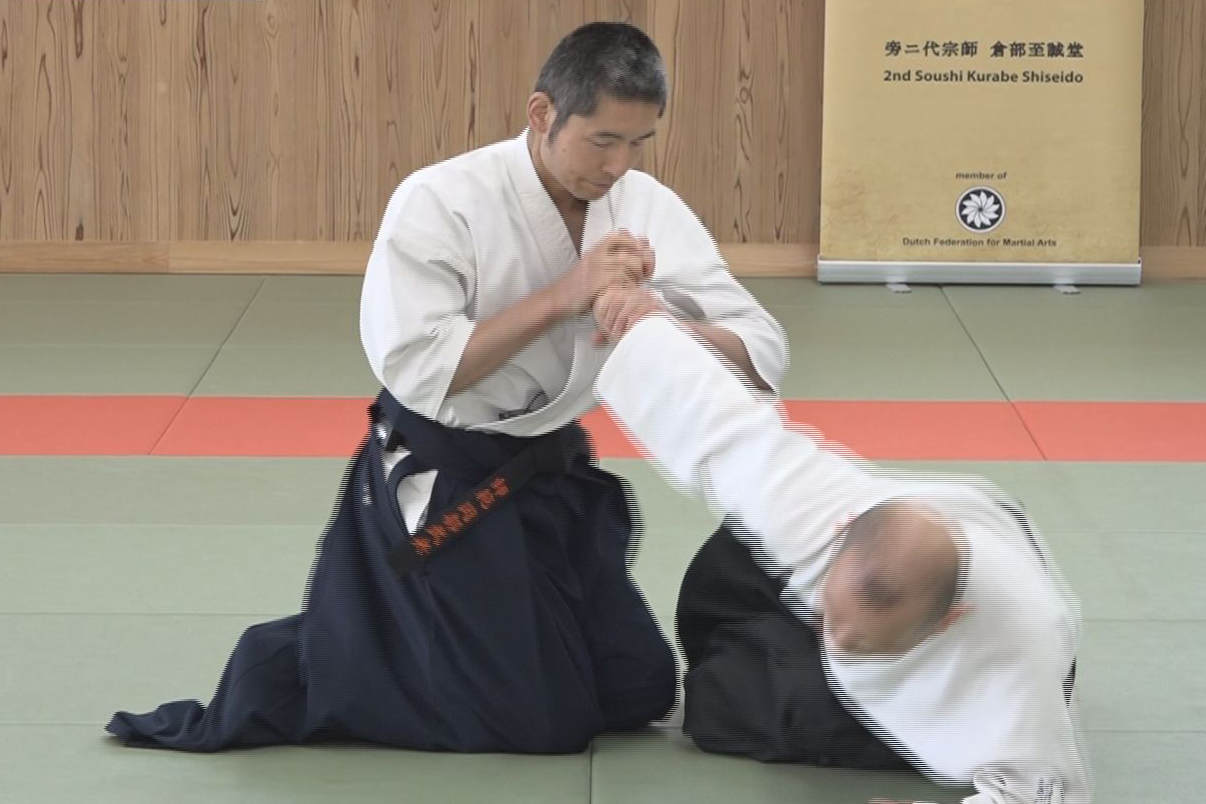
【AIKI Web Course Part 2】Lesson 19 Advanced tech. using T. F. T. #1
-
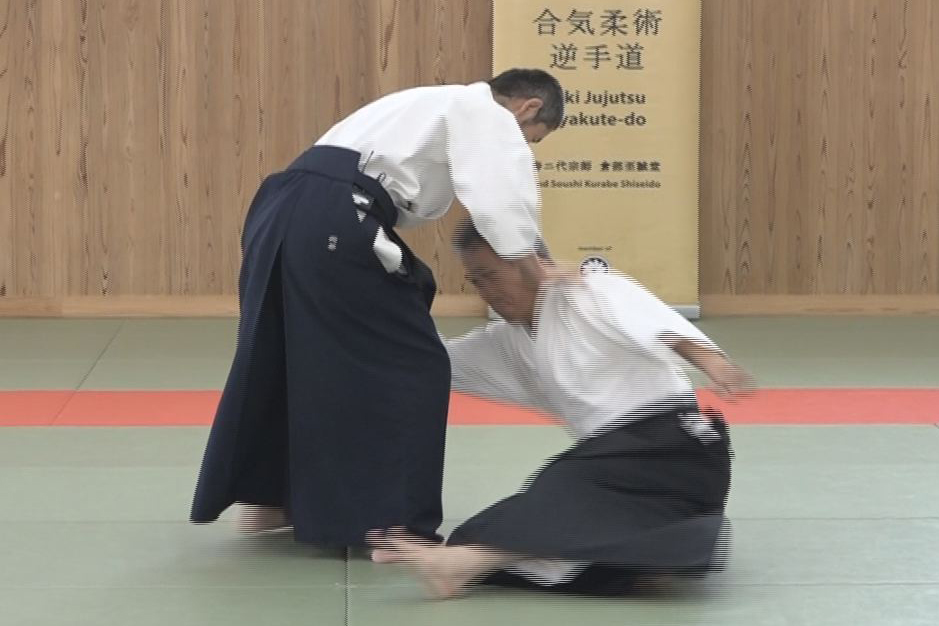
【AIKI Web Course Part 2】Lesson 18 Advanced tech. using AIKI Contact #2
-
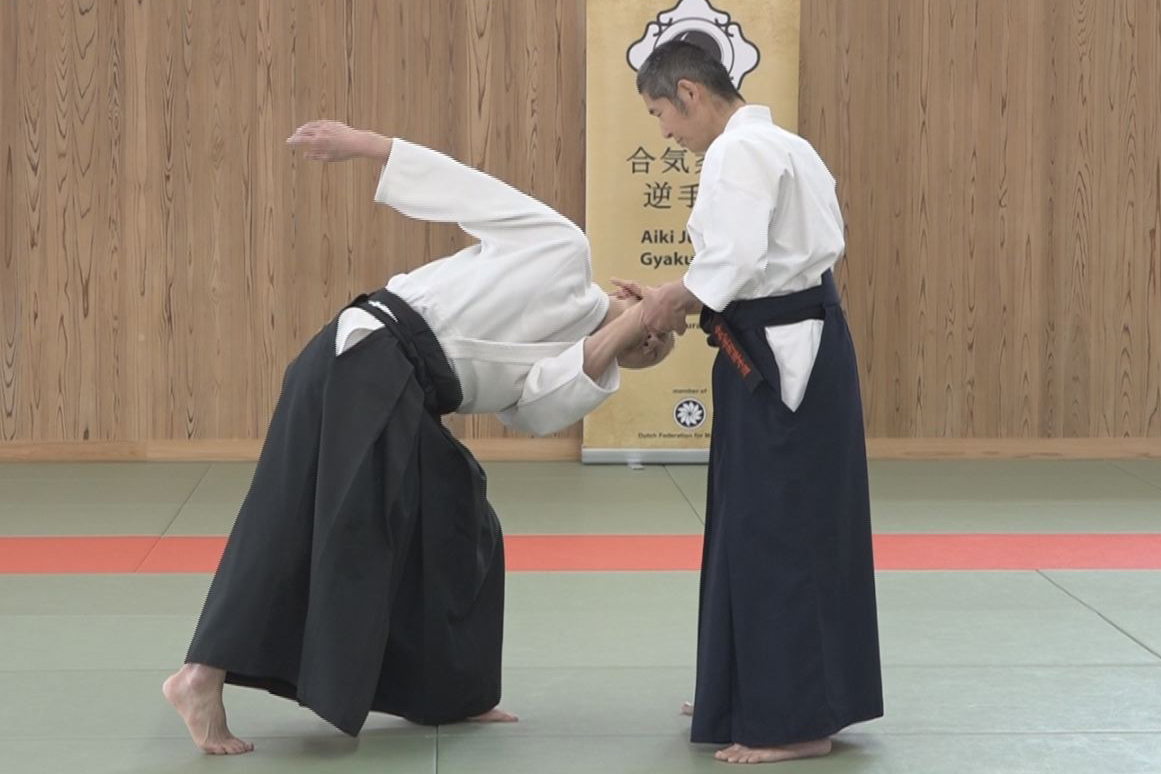
【AIKI Web Course Part 2】Lesson 17 Advanced tech. using AIKI Contact #1
-
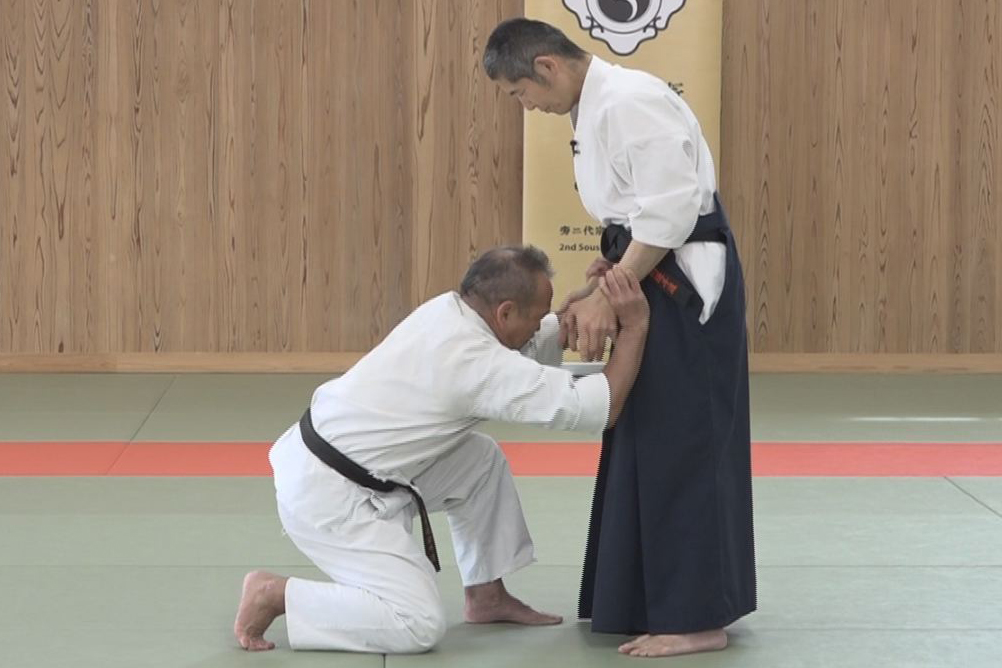
【AIKI Web Course Part 2】Lesson 16 Advanced tech. by Undetectable F.T. #2
-
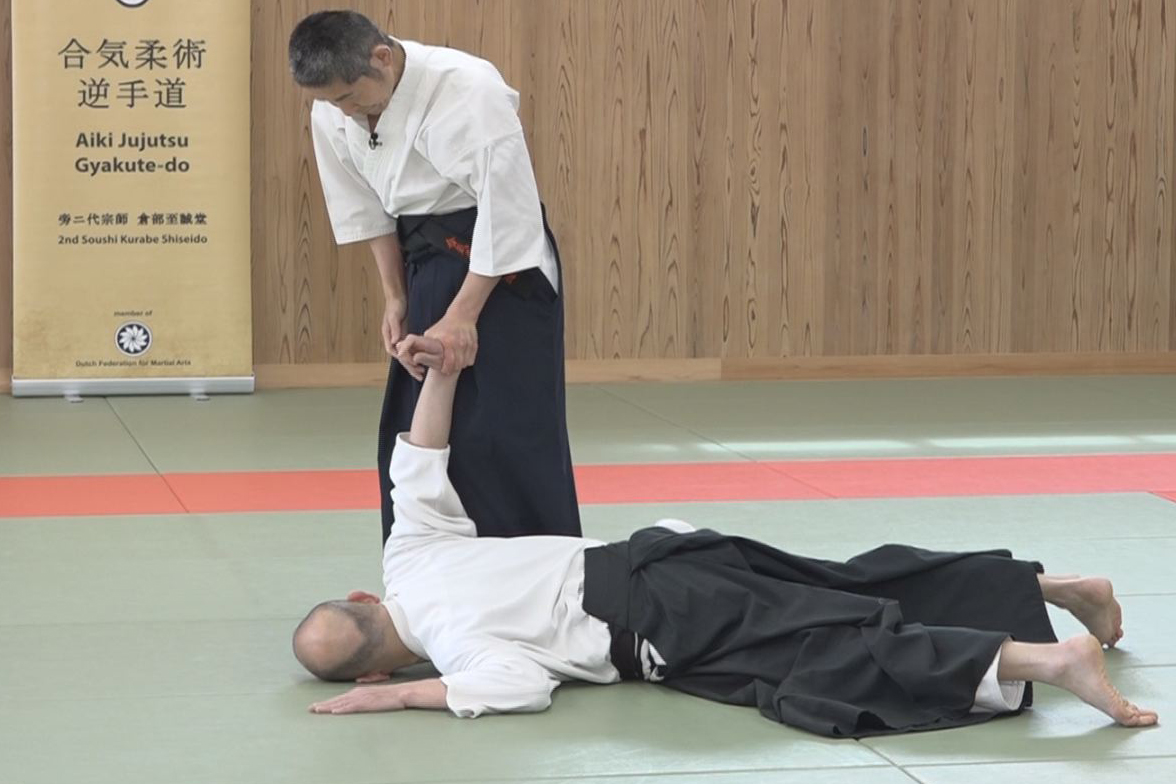
【AIKI Web Course Part 2】Lesson 15 – Advanced tech. by Undetectable F. T. #1
-
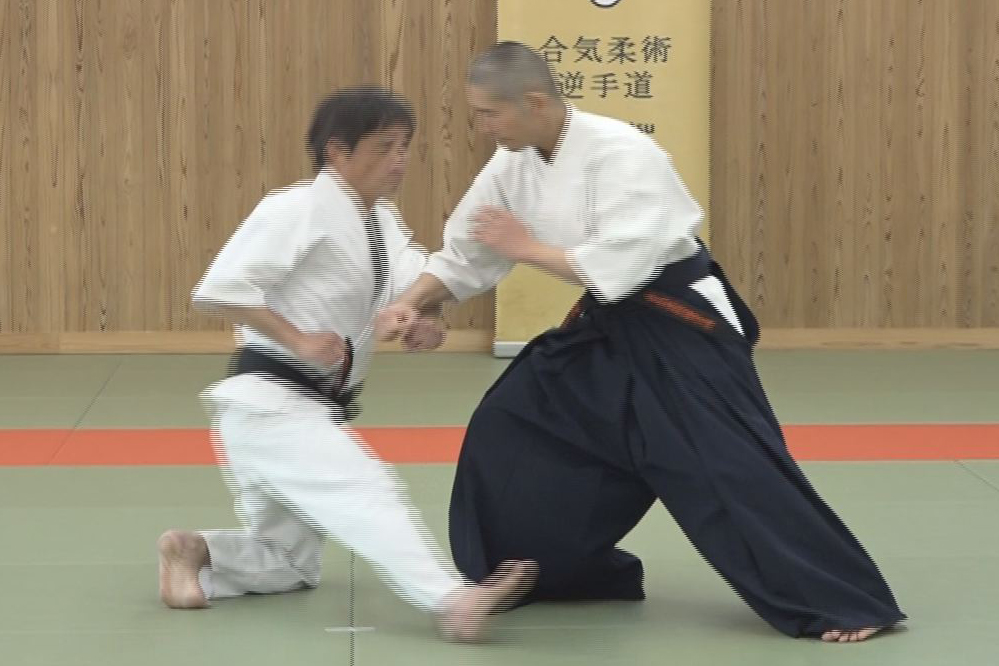
【AIKI Web Course Part 2】Lesson 14 – Advanced tech. by the Waving method #2
-
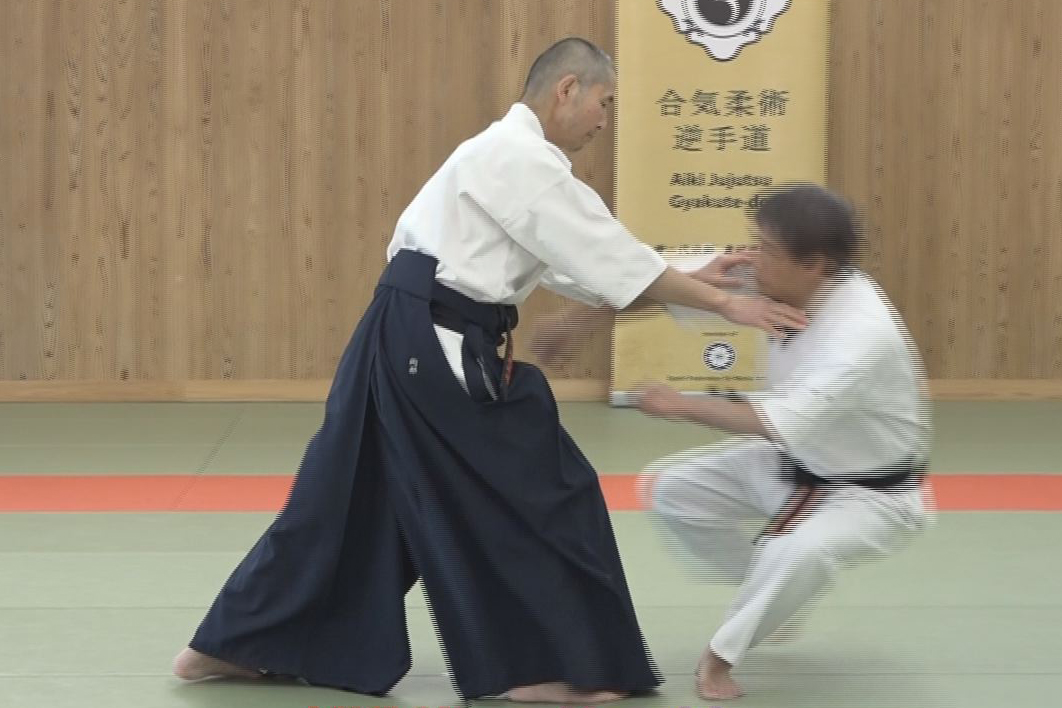
【AIKI Web Course Part 2】Lesson 13 – Advanced tech. by the Waving method #1
-
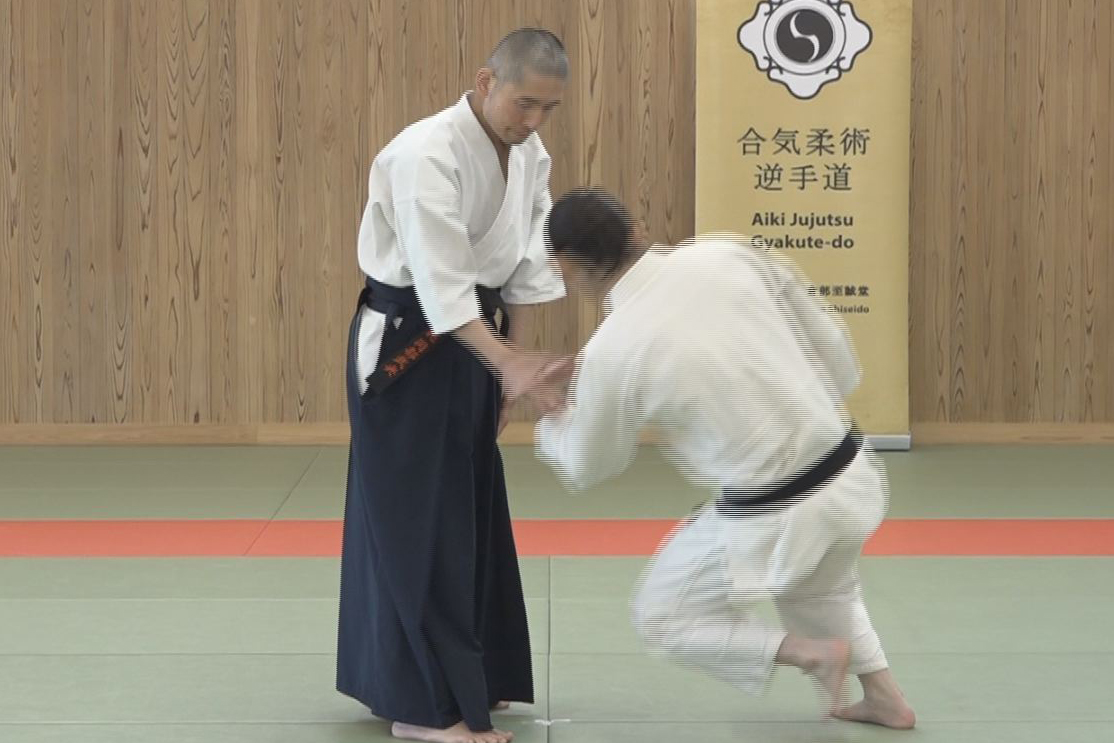
【AIKI Web Course Part 2】Lesson 12 – Gyaku-te by not Using Force nor AIKI
-
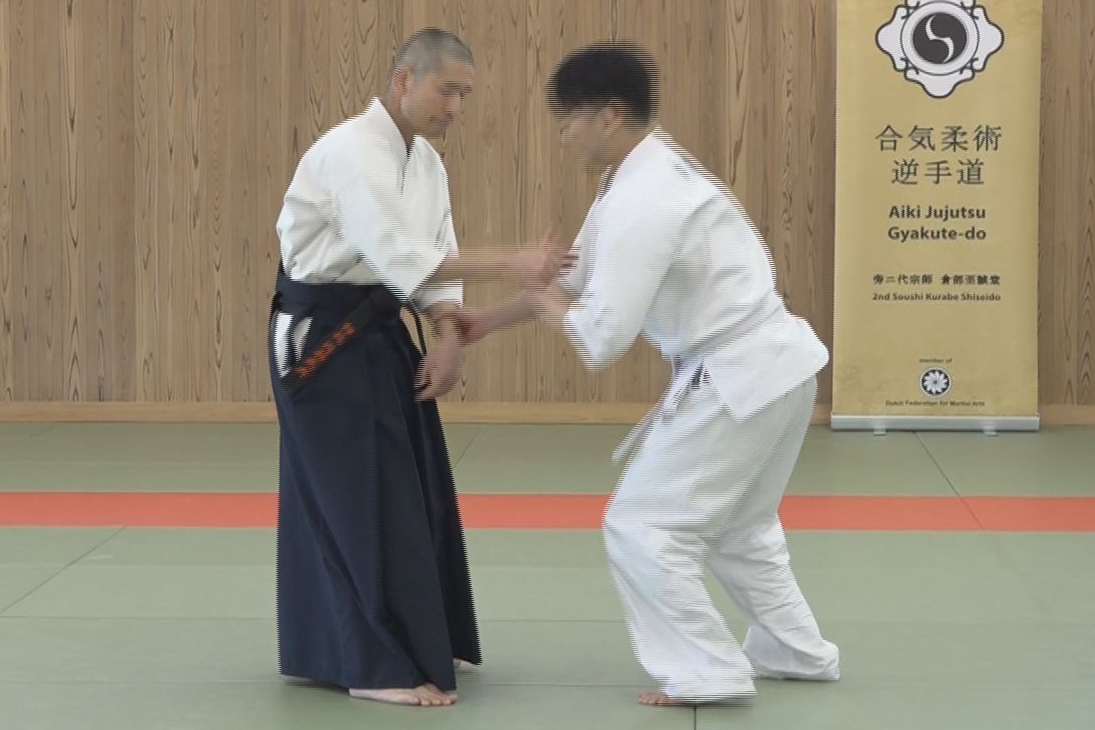
【AIKI Web Course Part 2】Lesson 11 – Gyaku-te Realized by the AIKI Method
-
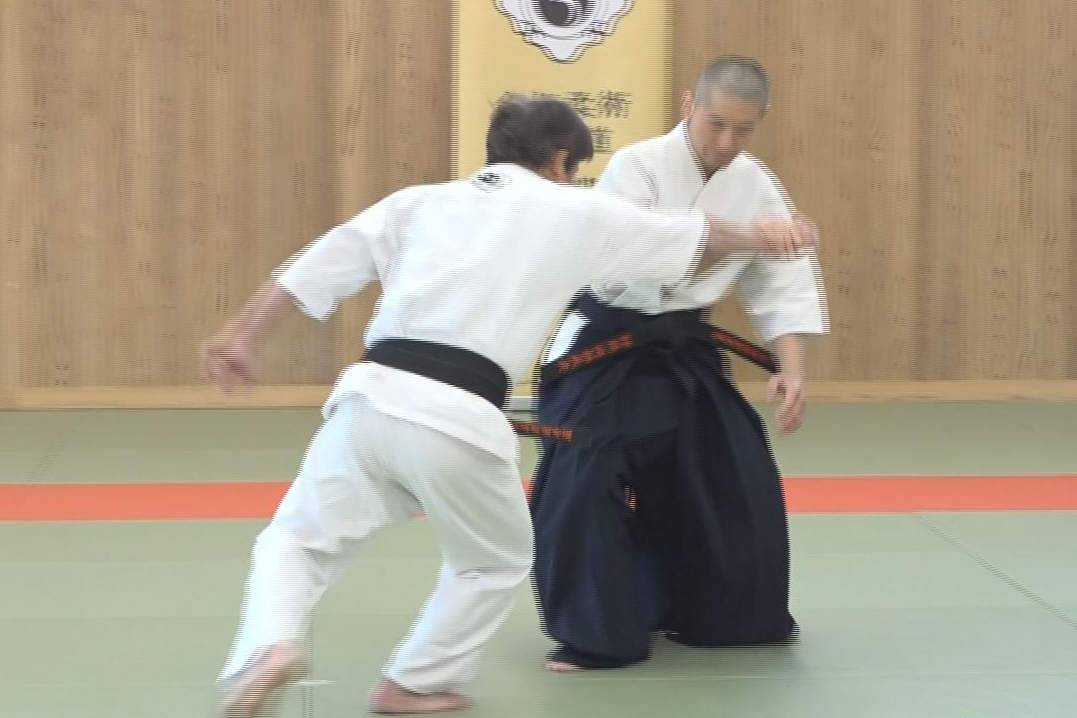
【AIKI Web Course Part 2】Lesson 10 – Application of Force Equilibrium method
-
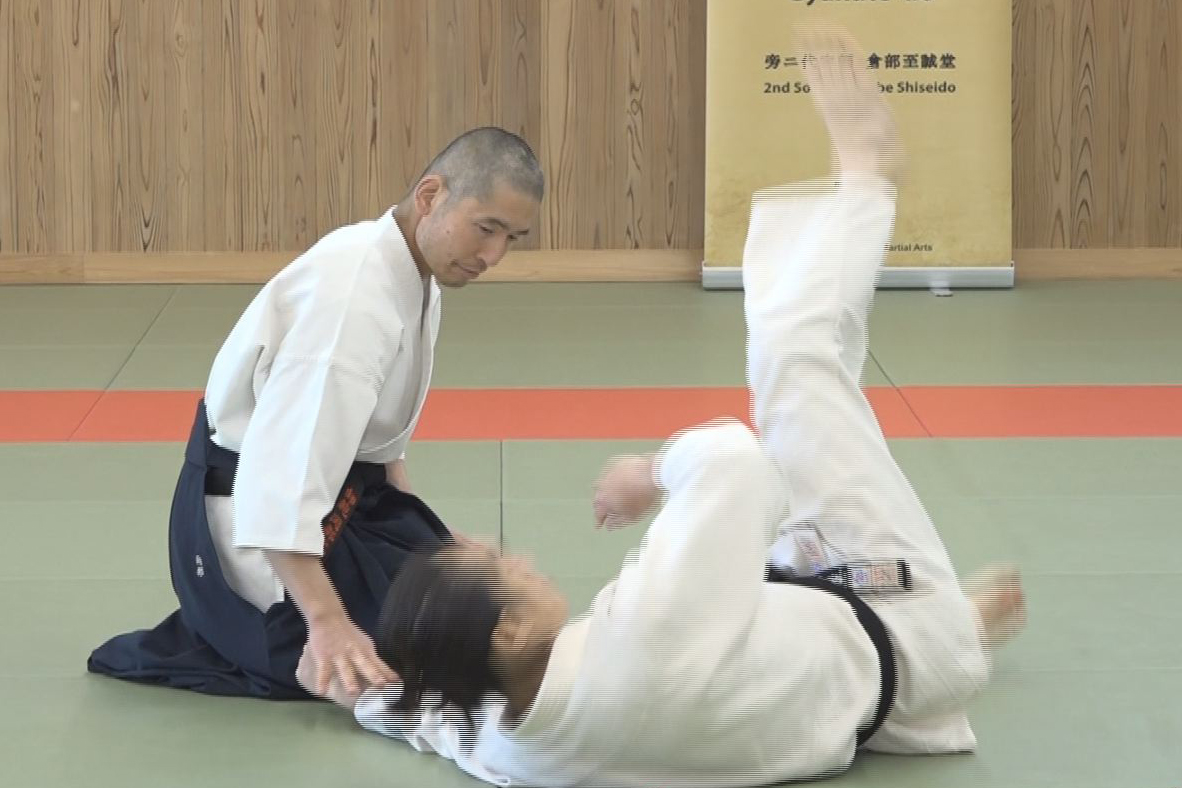
【AIKI Web Course Part 2】Lesson 9 – Force Equilibrium
-
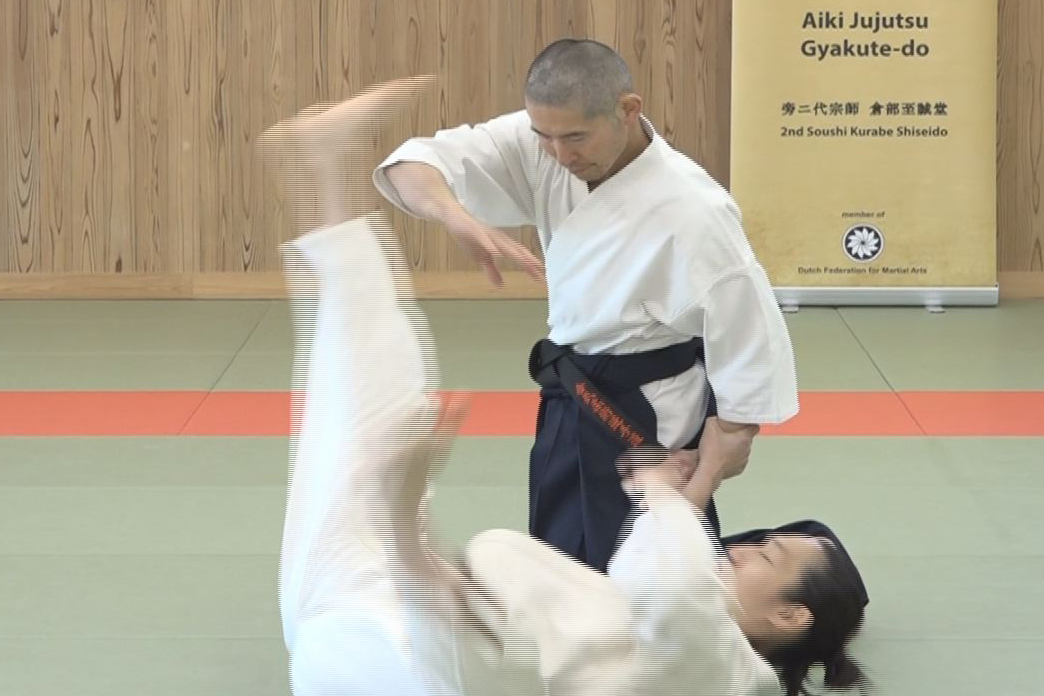
【AIKI Web Course Part 2】Lesson 8 – Application of Targeted Force Transfer
-
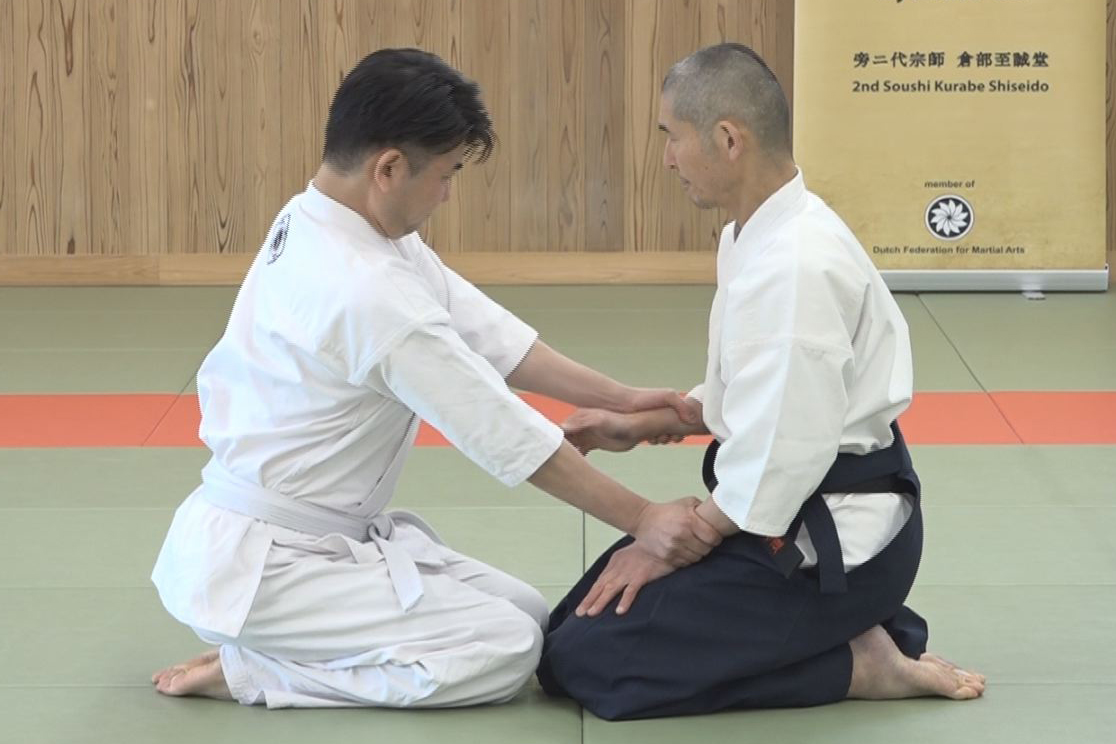
【AIKI Web Course Part 2】Lesson 7 – Targeted Force Transfer
-
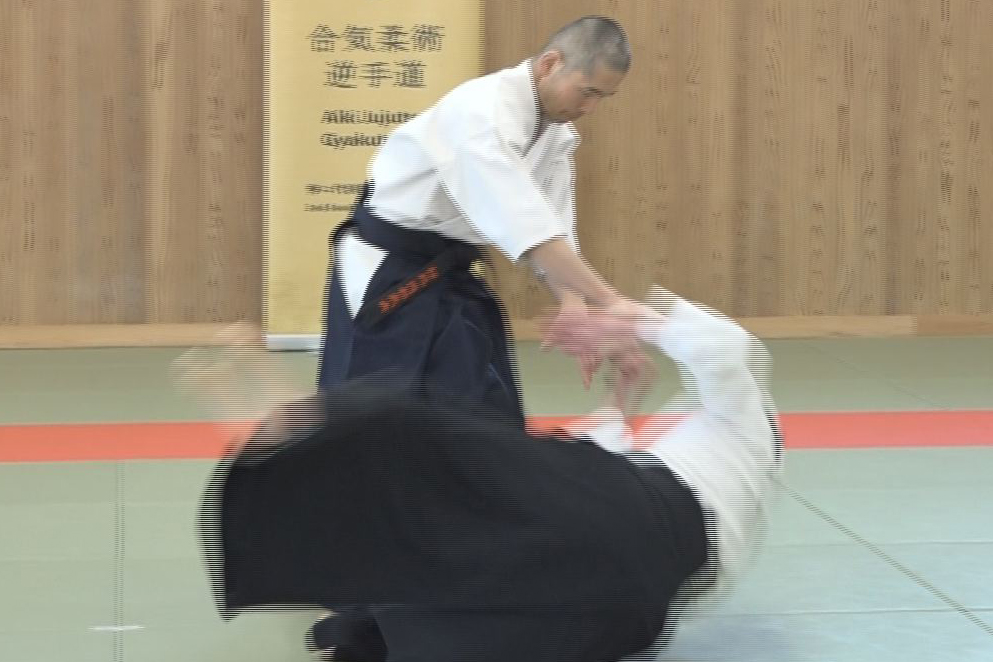
【AIKI Web Course Part 2】Lesson 6 – Application of AIKI Connection
-
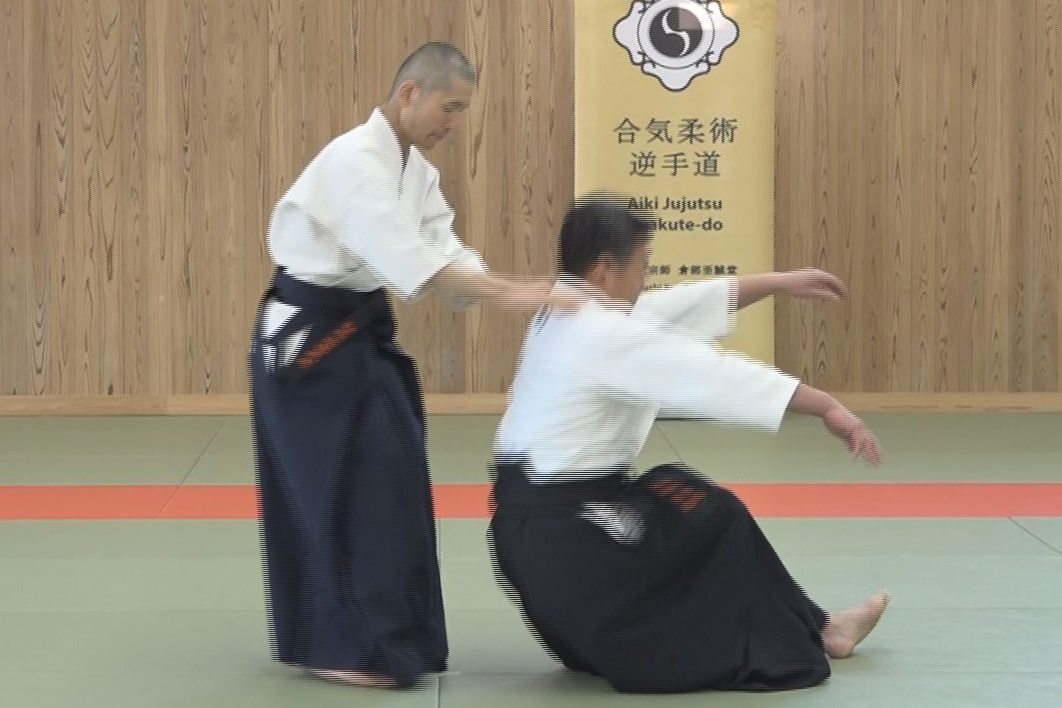
【AIKI Web Course Part 2】Lesson 5 – AIKI Connection
-
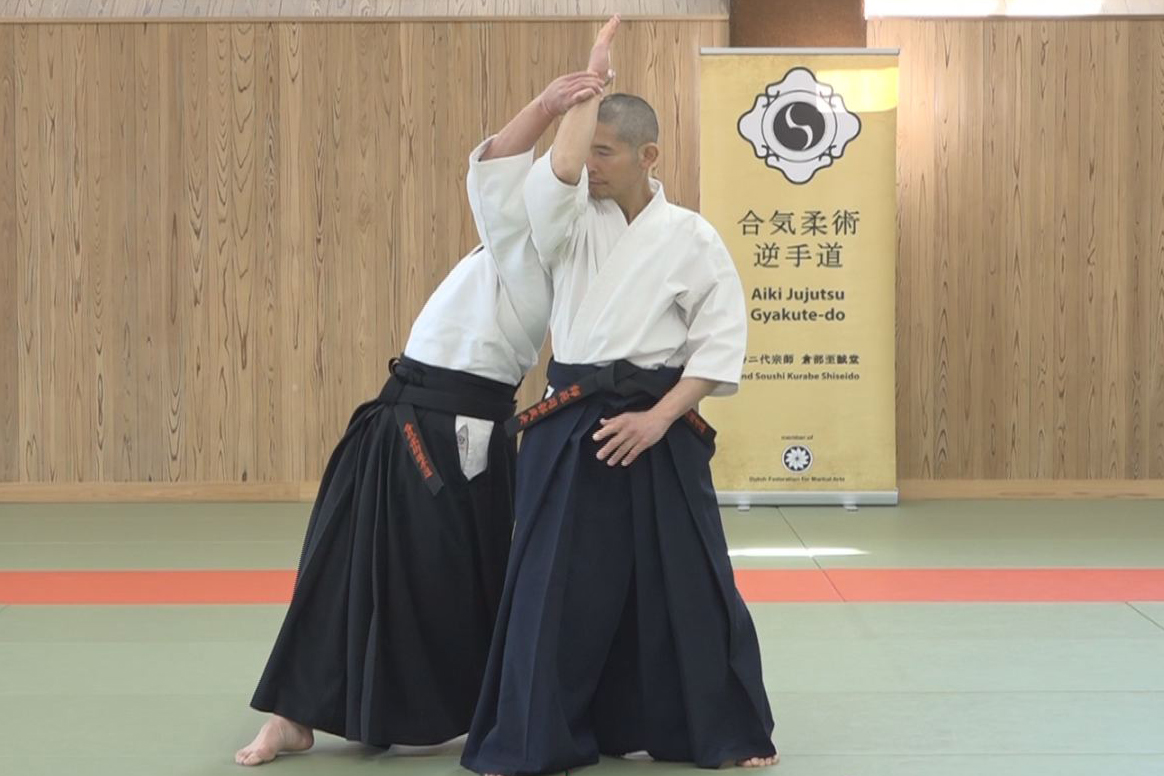
【AIKI Web Course Part 2】Lesson 4 – Application of Nondetectable Force Transfer
-
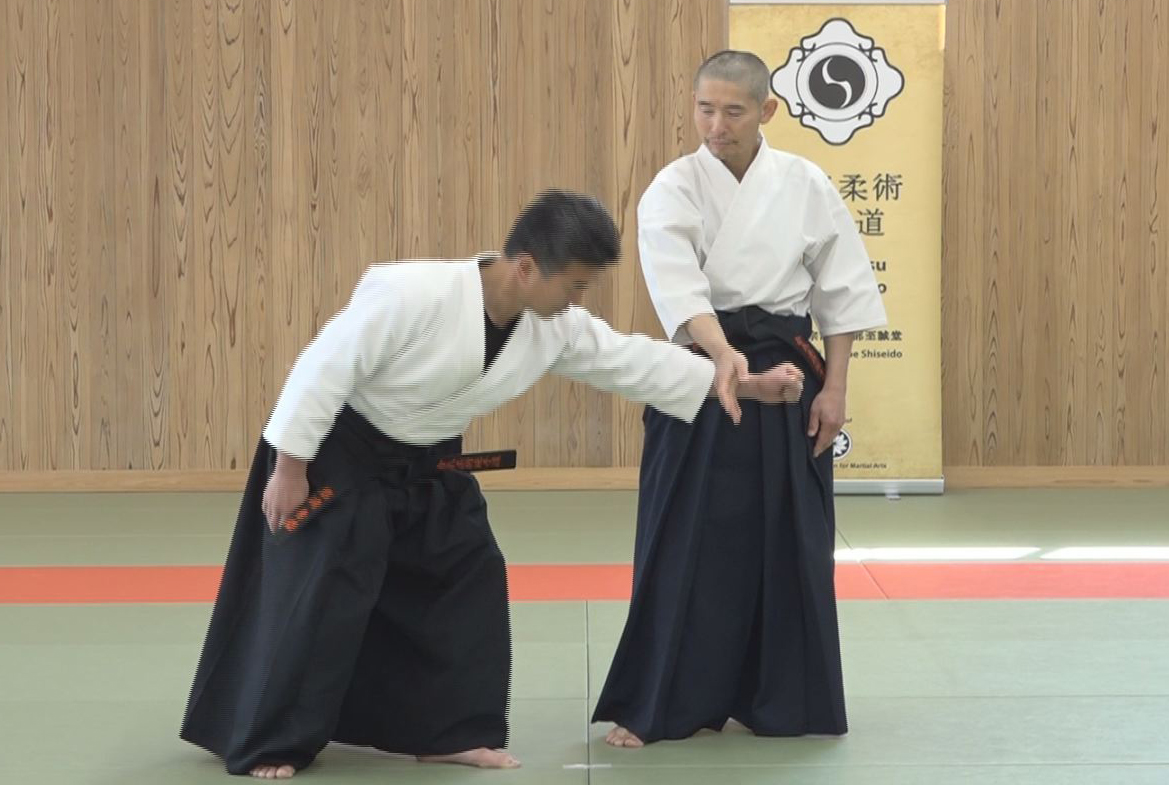
【AIKI Web Course Part 2】Lesson 3 – Explanation of Undetectable Force Transfer
-
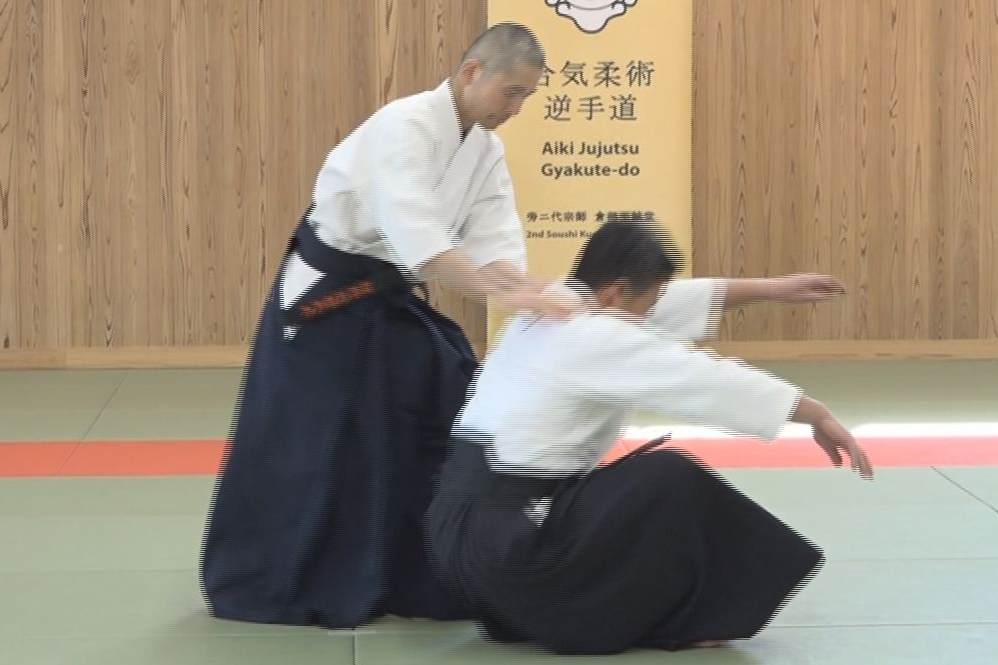
【AIKI Web Course Part 2】Lesson 2 – Application of Waving Method
-
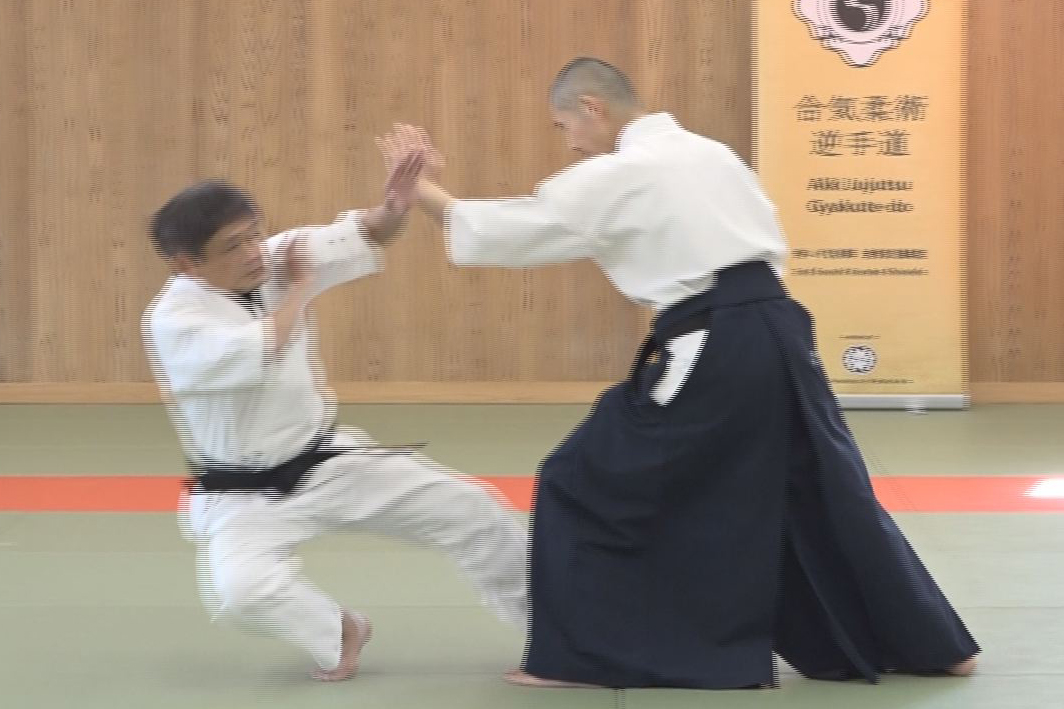
【AIKI Web Course Part 2】Lesson 1 – The Explanation of Waving Method
-
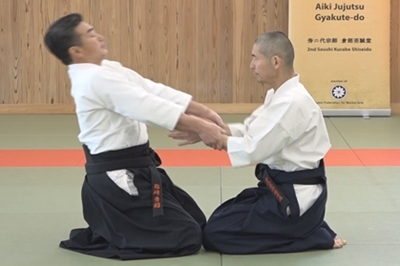
【AIKI Web Course Part 2】Introduction with video


